One of the typical dishes of the province of Modena, the convivial dish par excellence (along with gnocco fritto, with which it is often served in restaurants and trattorias), is commonly known as tigella.
But in the hills, for some mysterious reason, the same product is called crescentina.
So what is its name? Tigella or crescentina?
No time to waste: its name is crescentina.
It is a round-shaped dough that, once baked, is cut and filled with salumi (salted meats) or cheese, or, in its sweet version, suitable at the end of a meal, with jam or Nutella.
The traditional filling for the crescentina, however, is pesto modenese or cunza. It is a typical product of the Modena Apennines, based on lard with rosemary and garlic (there is also a version with bacon). Crescentina can also be filled with chicken, rabbit or italian sausages in umido (That is, cook for a long time in a tomato sauce with chopped onion, herbs and spices).


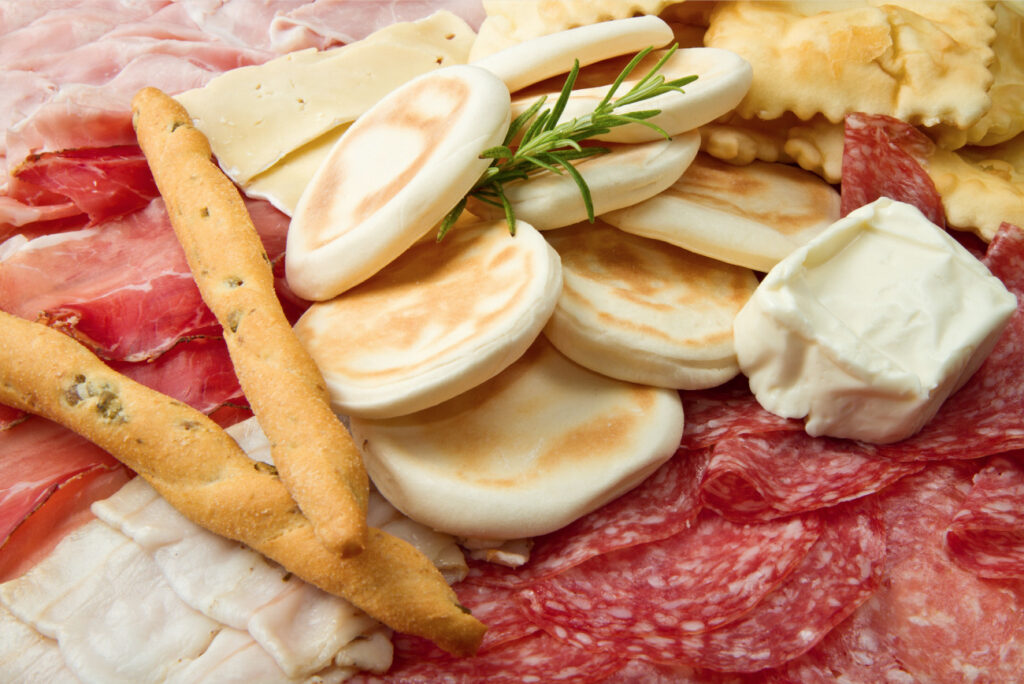

Tigelle are refractory discs that, in the past, were red-hot in the fireplace and used to cook crescentine. Their use has been documented since the Middle Ages.
Metonymically, the word tigella is now often used to refer to food. But you can always find a purist of tradition to correct you!


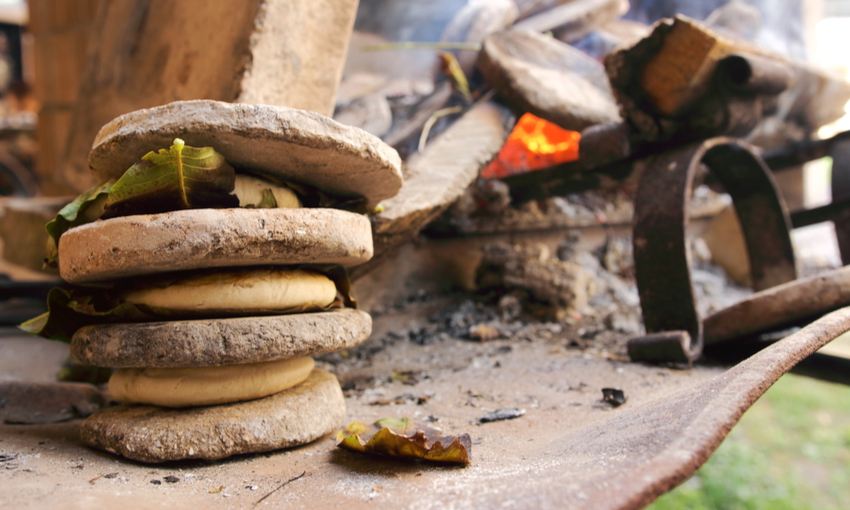
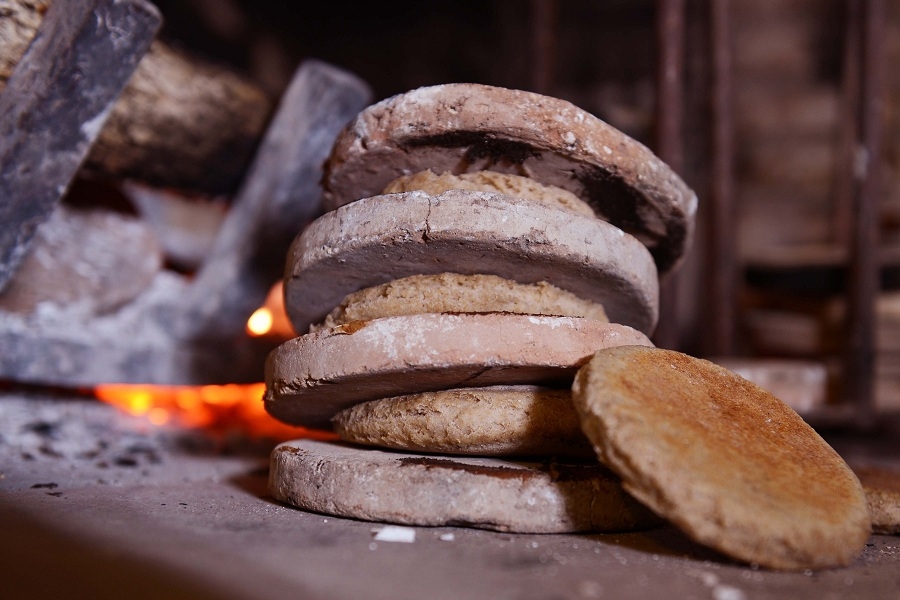
Our recipe
There is no codified recipe for crescentine, whose dough is a mixture of flour, water and salt.
The addition of lard or wholemeal flour is used in some preparations.
This is our recipe.
Ingredients (approx 40 crescentine):
- 1 kg flour
- 1 cube brewer’s yeast
- 1 glass of milk
- 2 glasses of water
- 8 teaspoons extra virgin olive oil
- sugar
- salt (optional)
Dissolve the yeast in half a glass of lukewarm water, add a teaspoon of sugar and leave to stand for 10 minutes.
Make a well in the flour and add the yeast, milk, water and oil.
Knead the mixture until the dough is compact and smooth.
Leave for two to three hours at room temperature in a covered bowl.
Once the dough has risen, make a number of balls; roll them out by hand or with a rolling pin to make slices about half a centimetre thick. Alternatively, roll out the dough with a rolling pin and cut out your crescentine using a pastry cutter or glass.
Leave them to stand at room temperature for at least half an hour, then cook them in the tigelliera.
Eat them hot!
(You can bake and freeze leftover tigelle; they can be eaten on the following days, heated in a toaster).

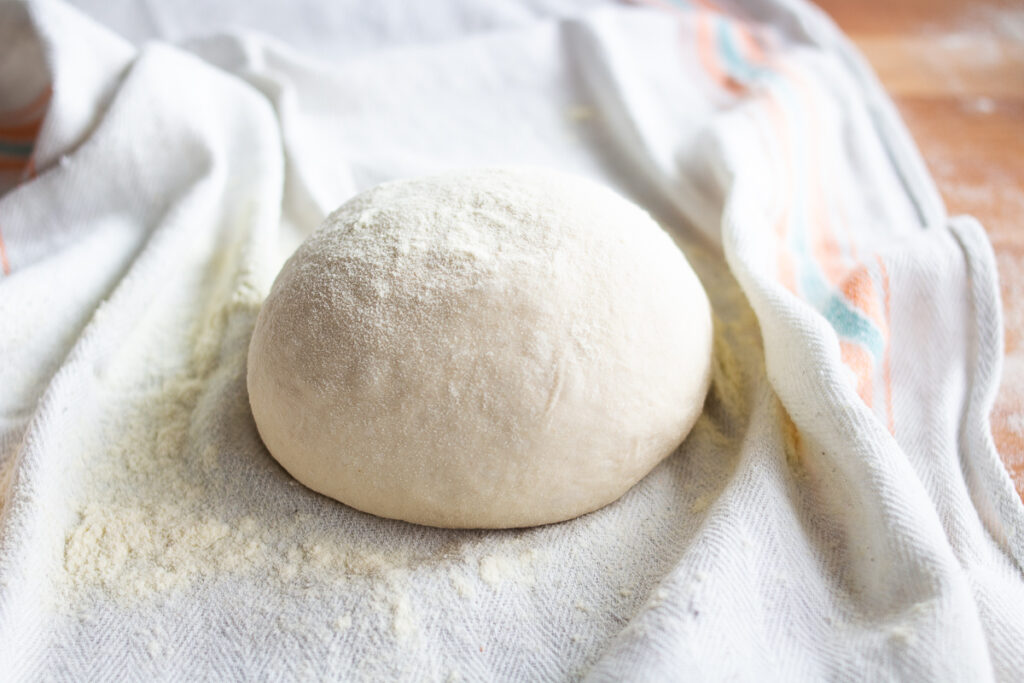

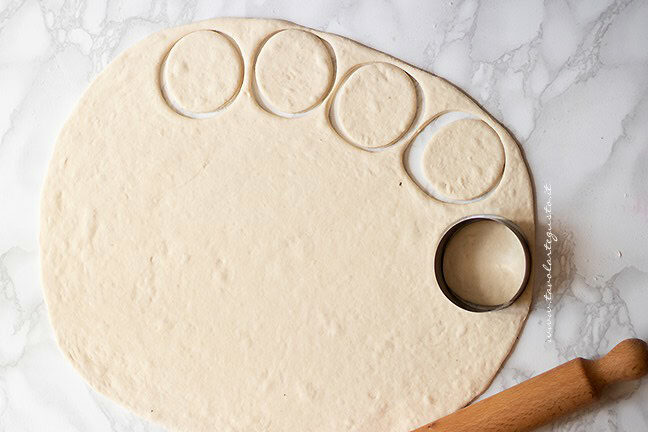
Fun facts
In the province of Bologna, the term ‘crescentina’ refers to what is known in Modena as ‘gnocco fritto’!


Tigelle has now fallen out of use for baking crescentine.
Special tigelliere are used to bake crescentine. They can be made of aluminium (for use on gas hobs) and often reproduce the design of the Celtic rose (hexafolium), or electric, made of refractory.

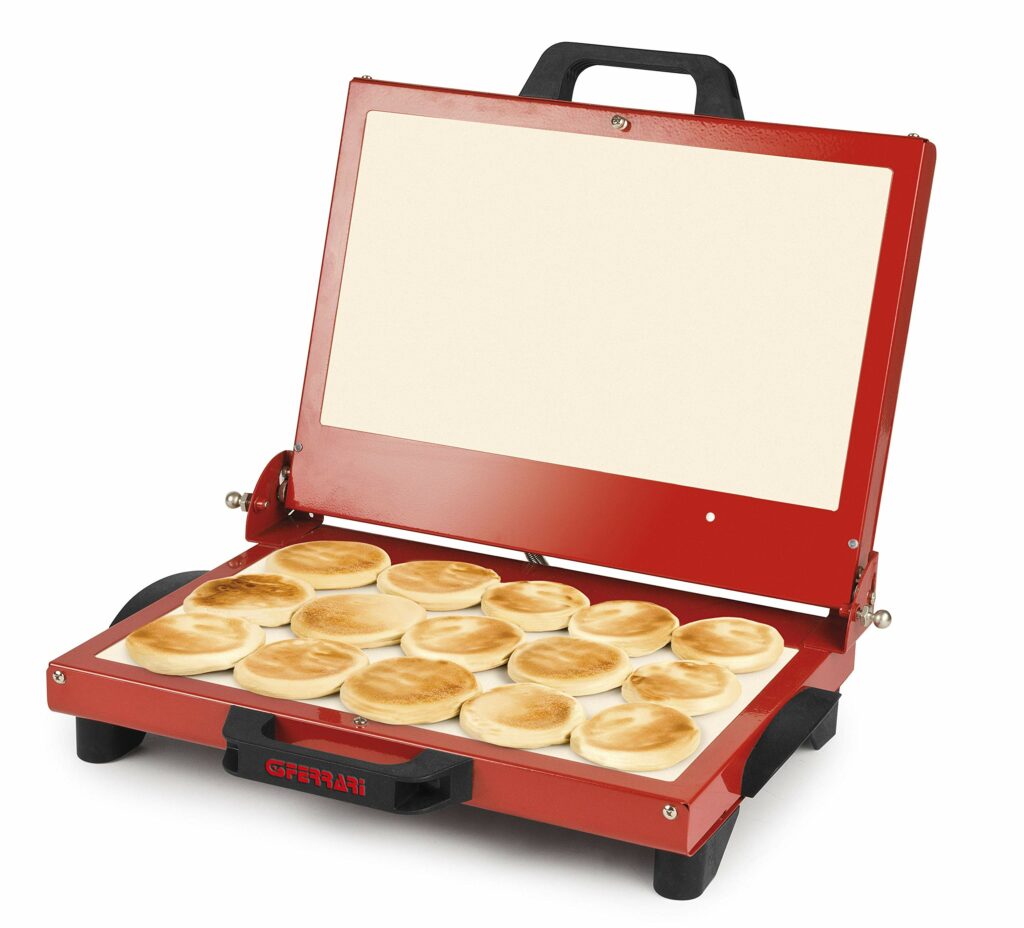
The Chestnut Museum is located in Zocca, in the Modena Apennines; tigella/crescentina, its origins and preparation are the subject of a large section.